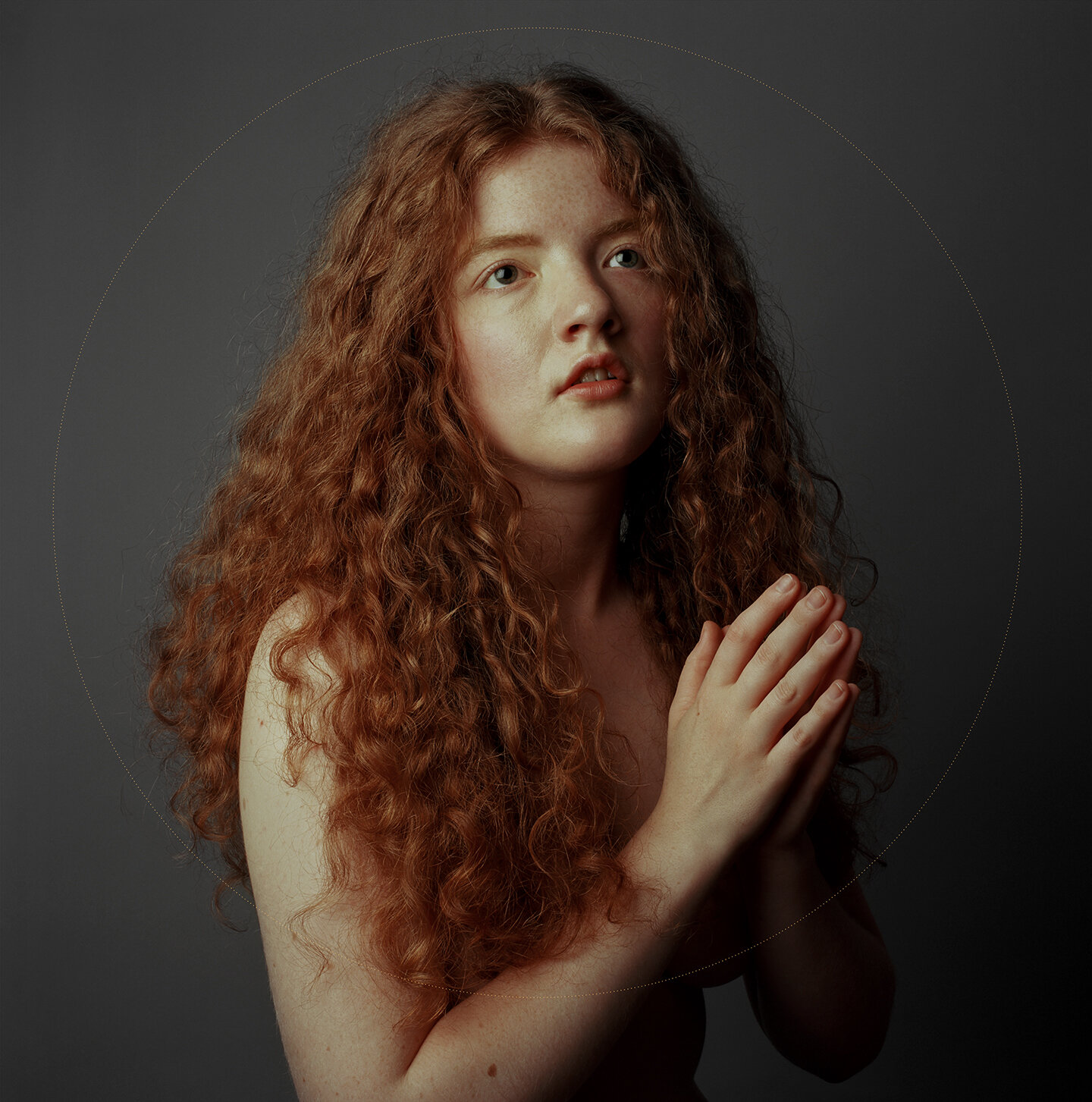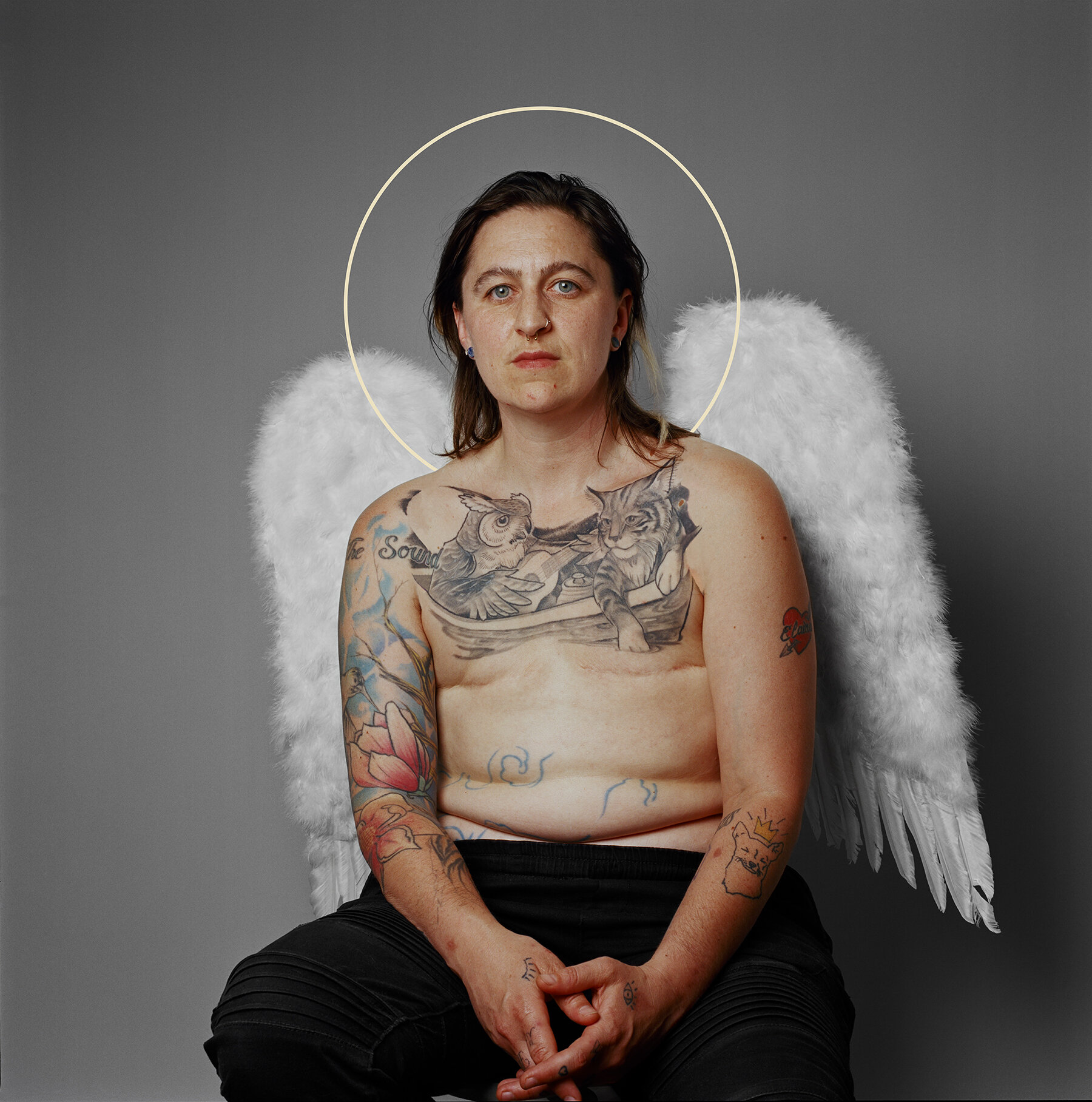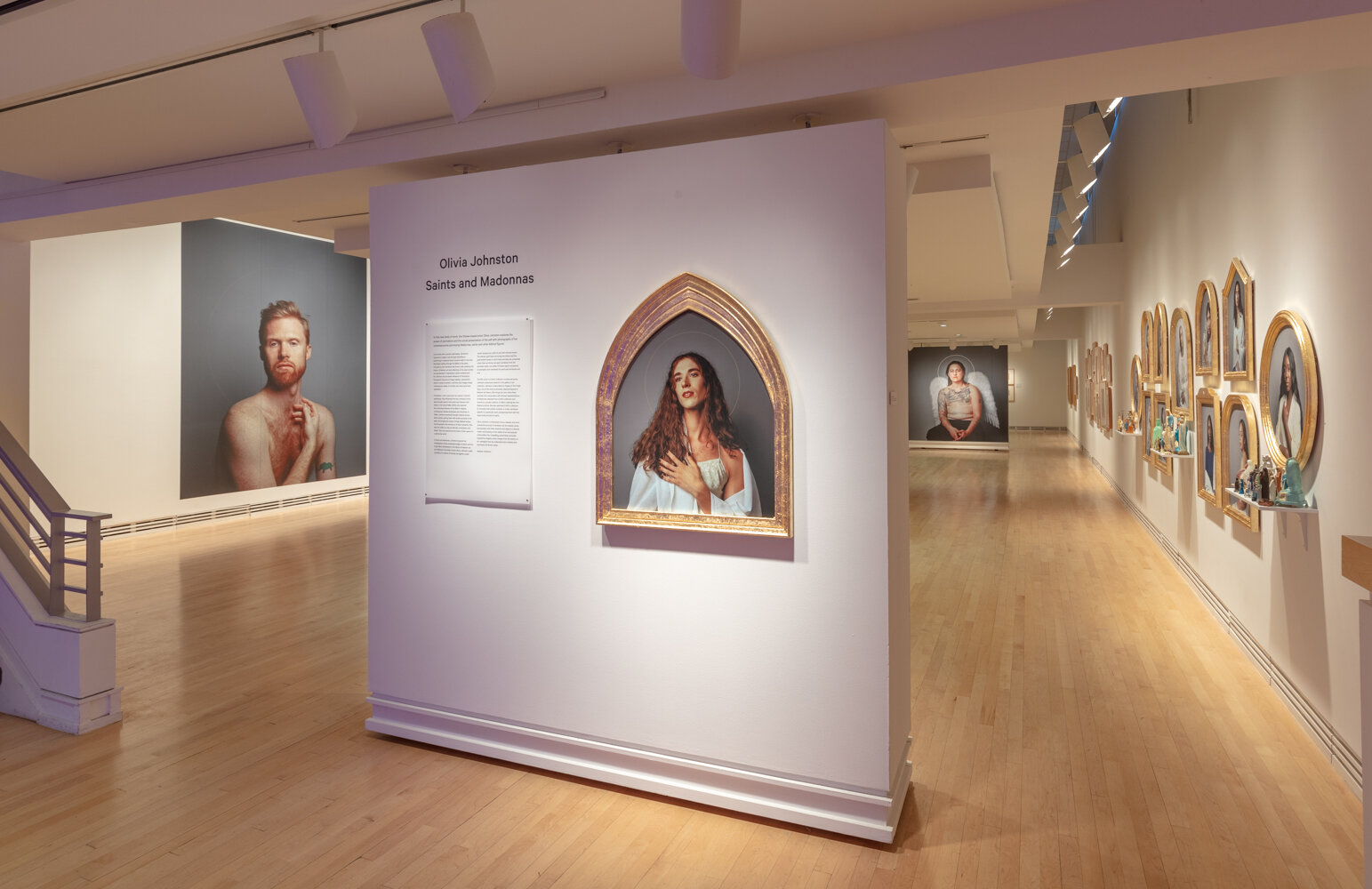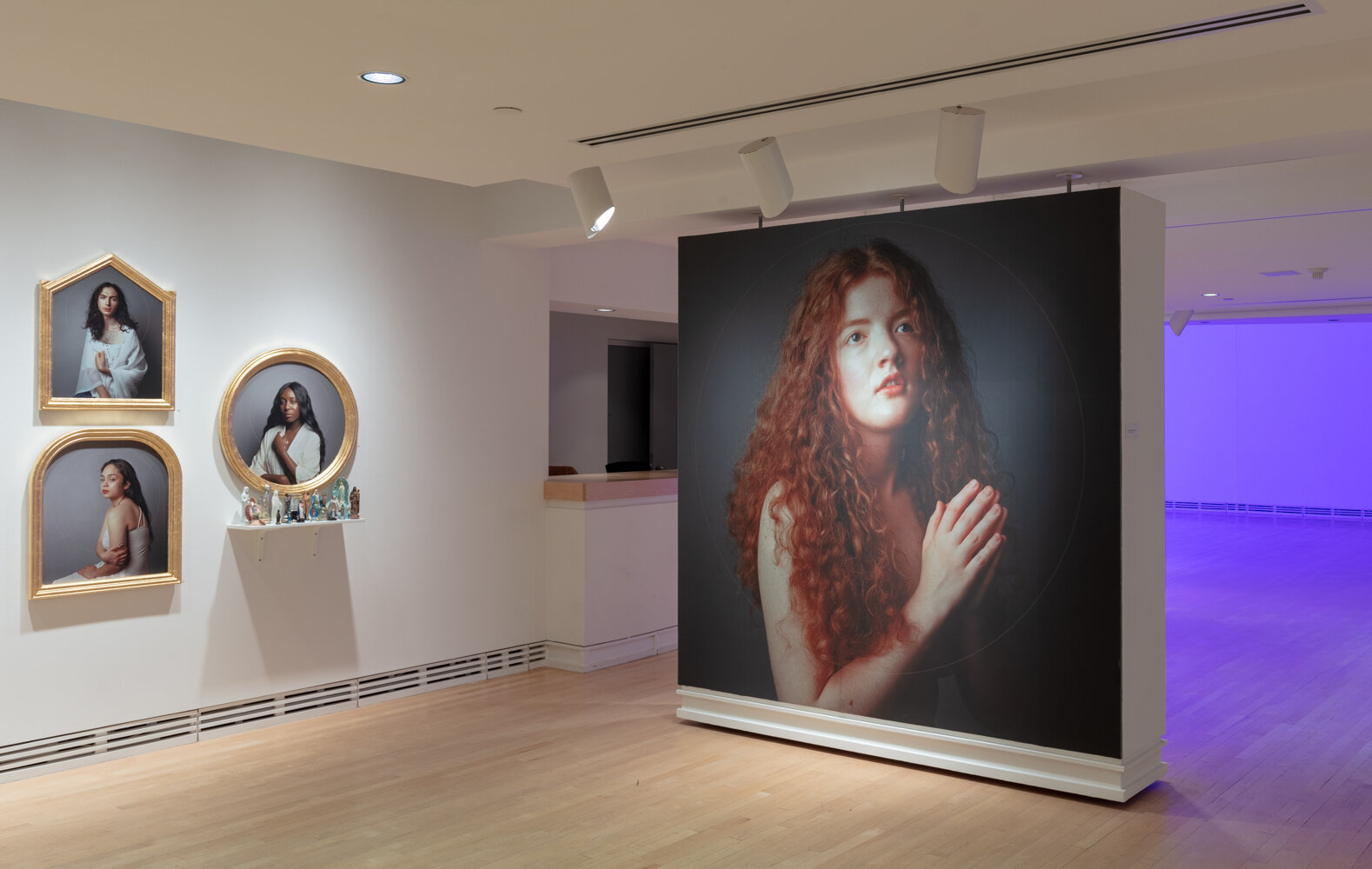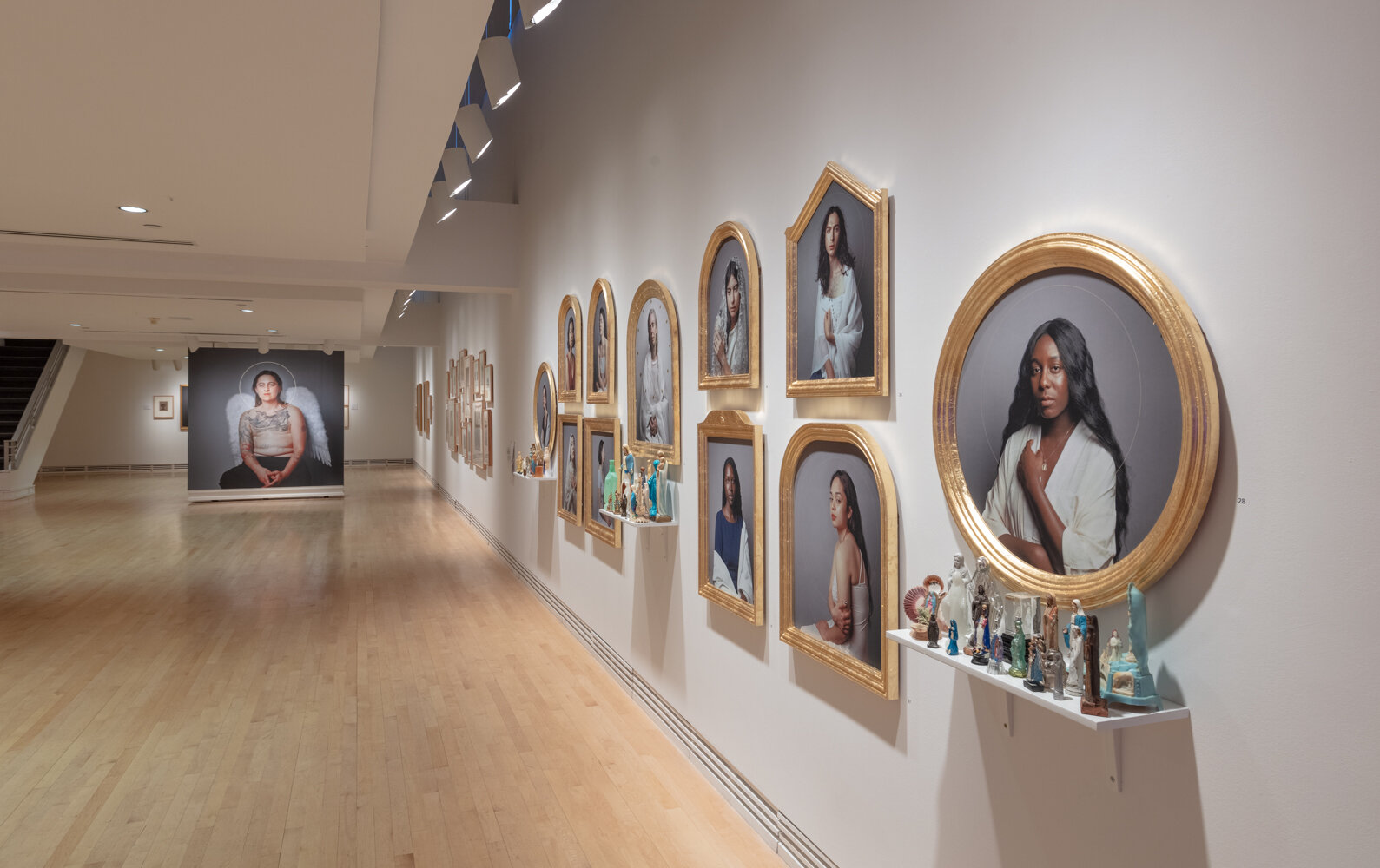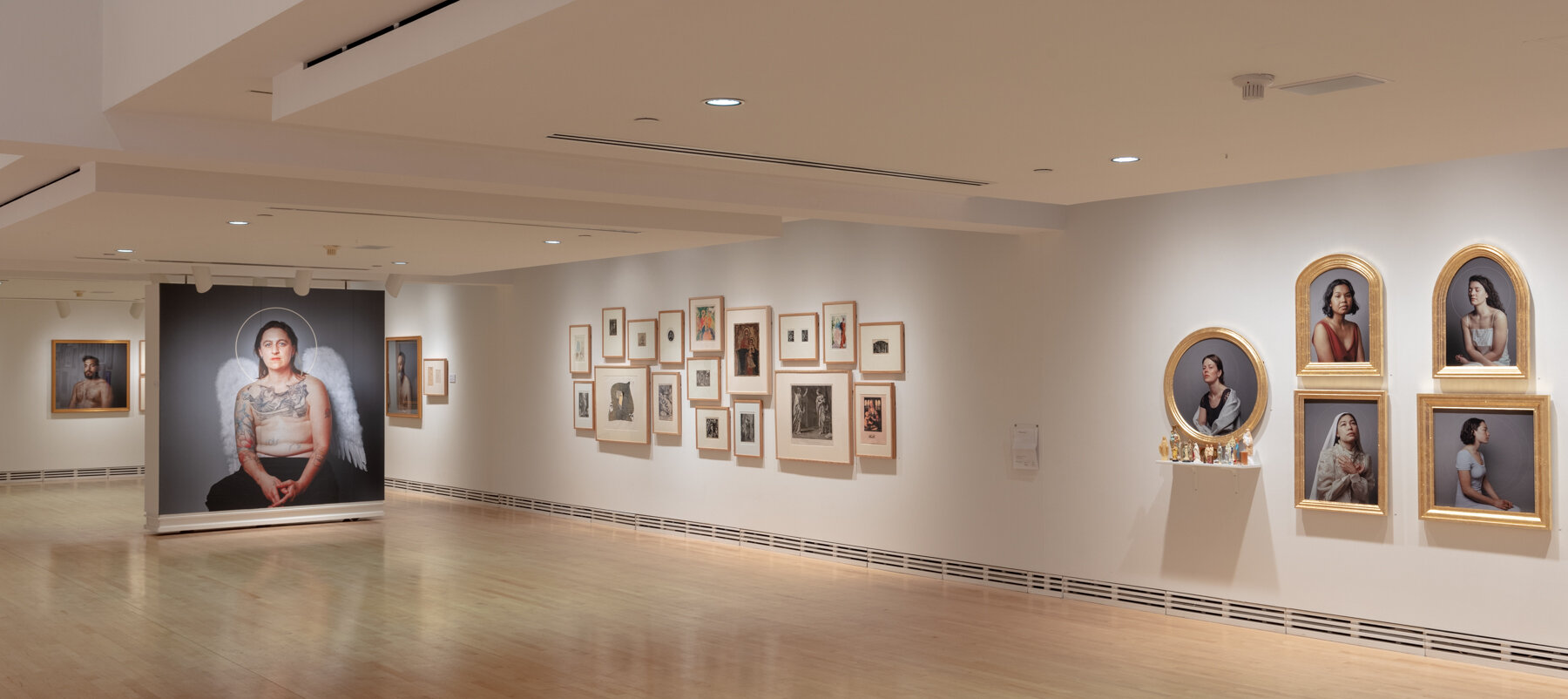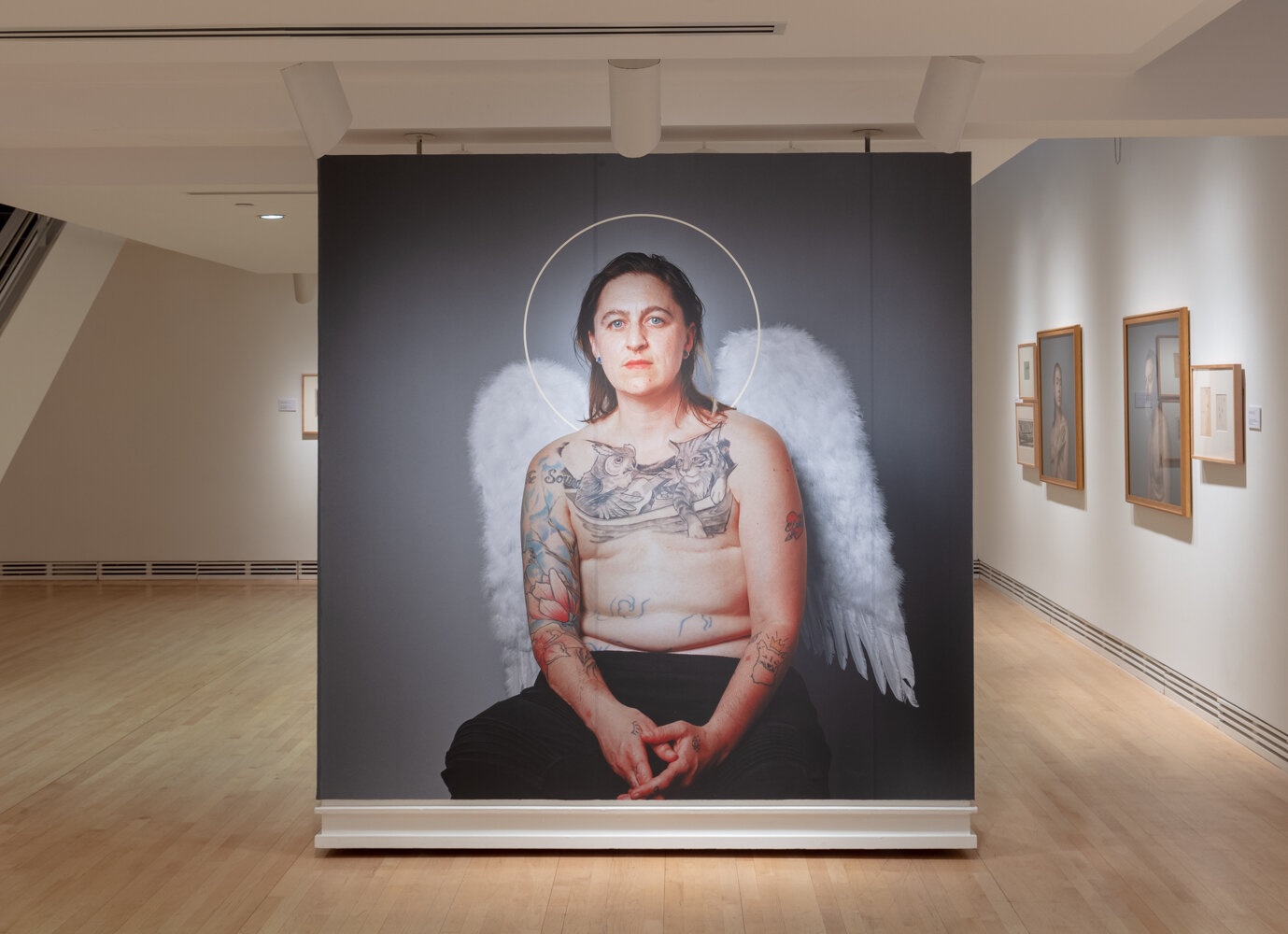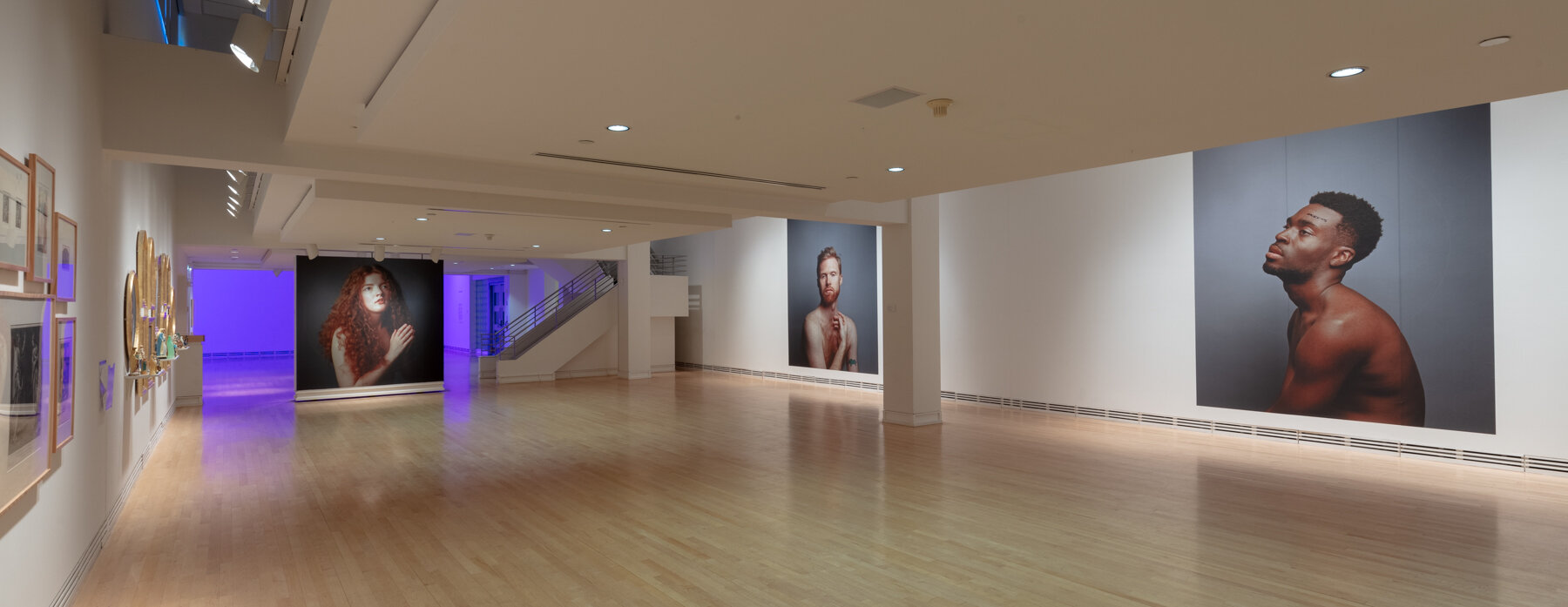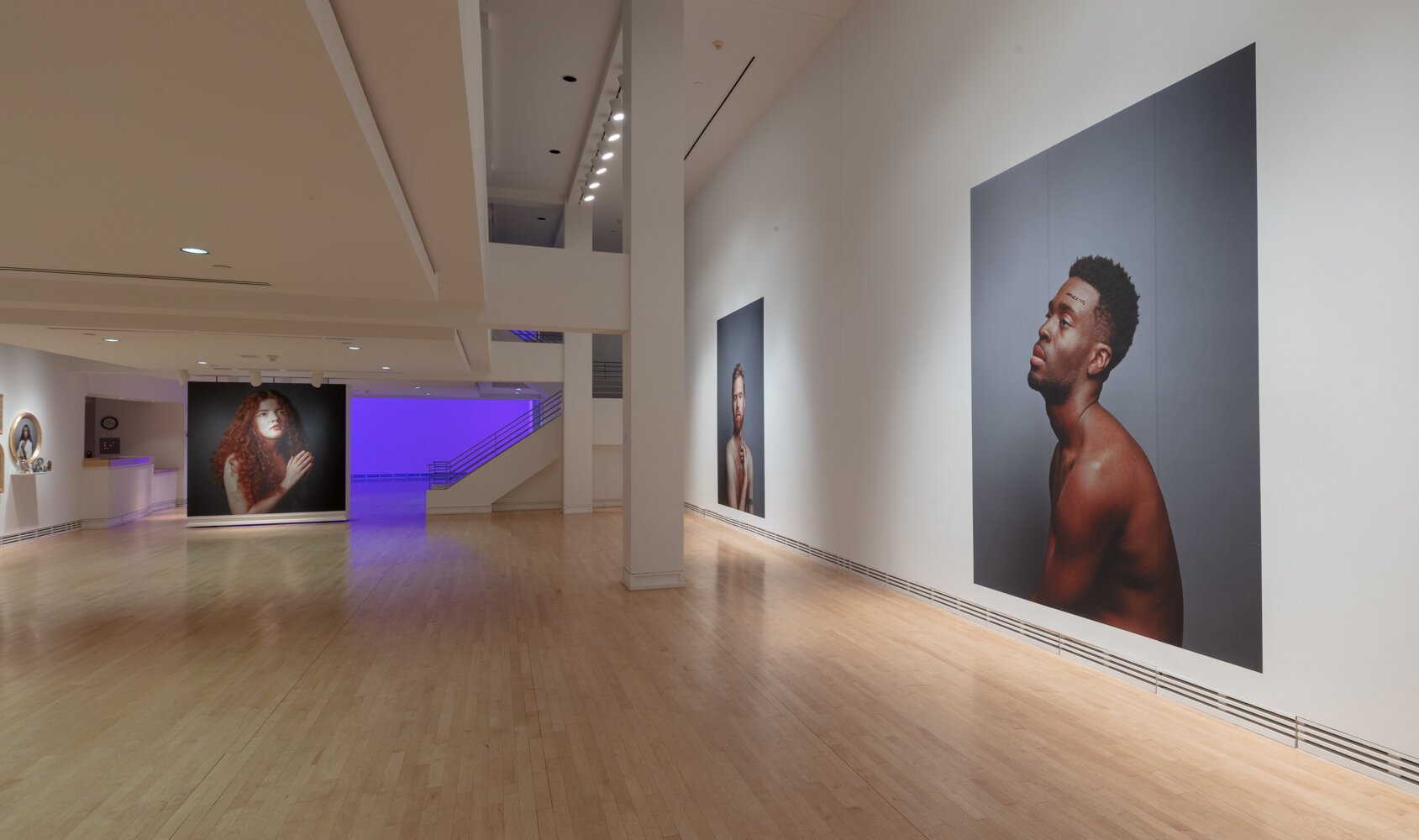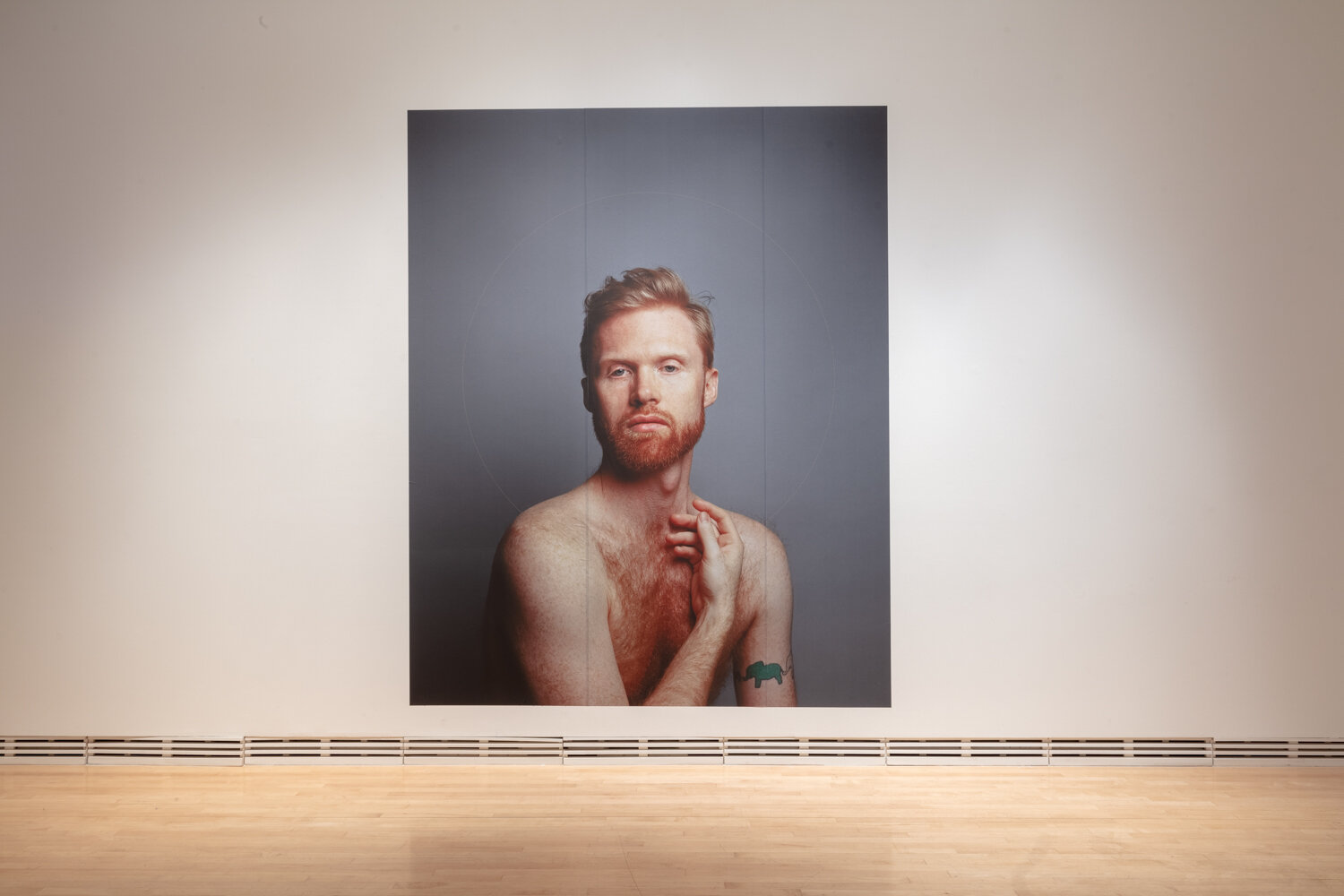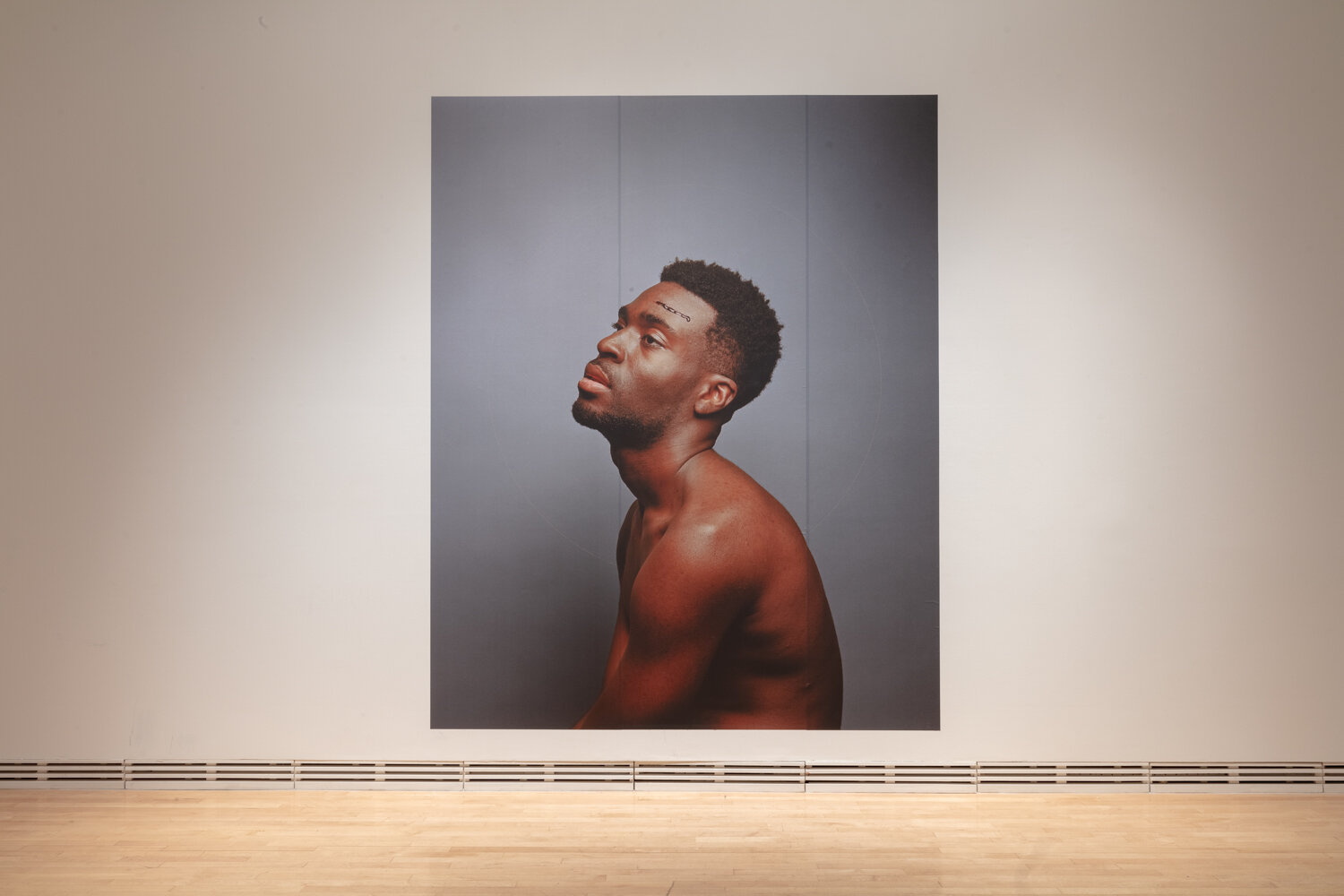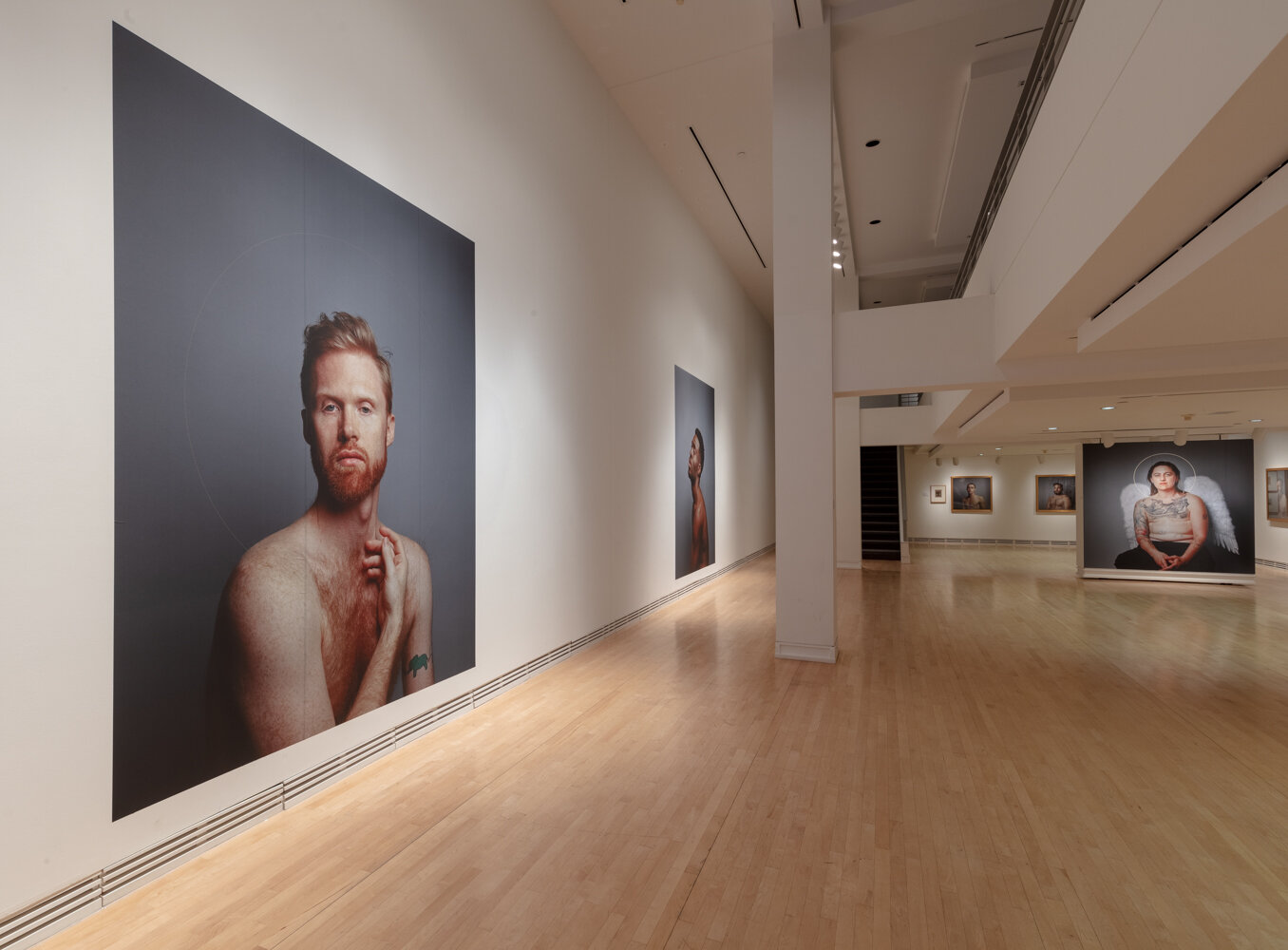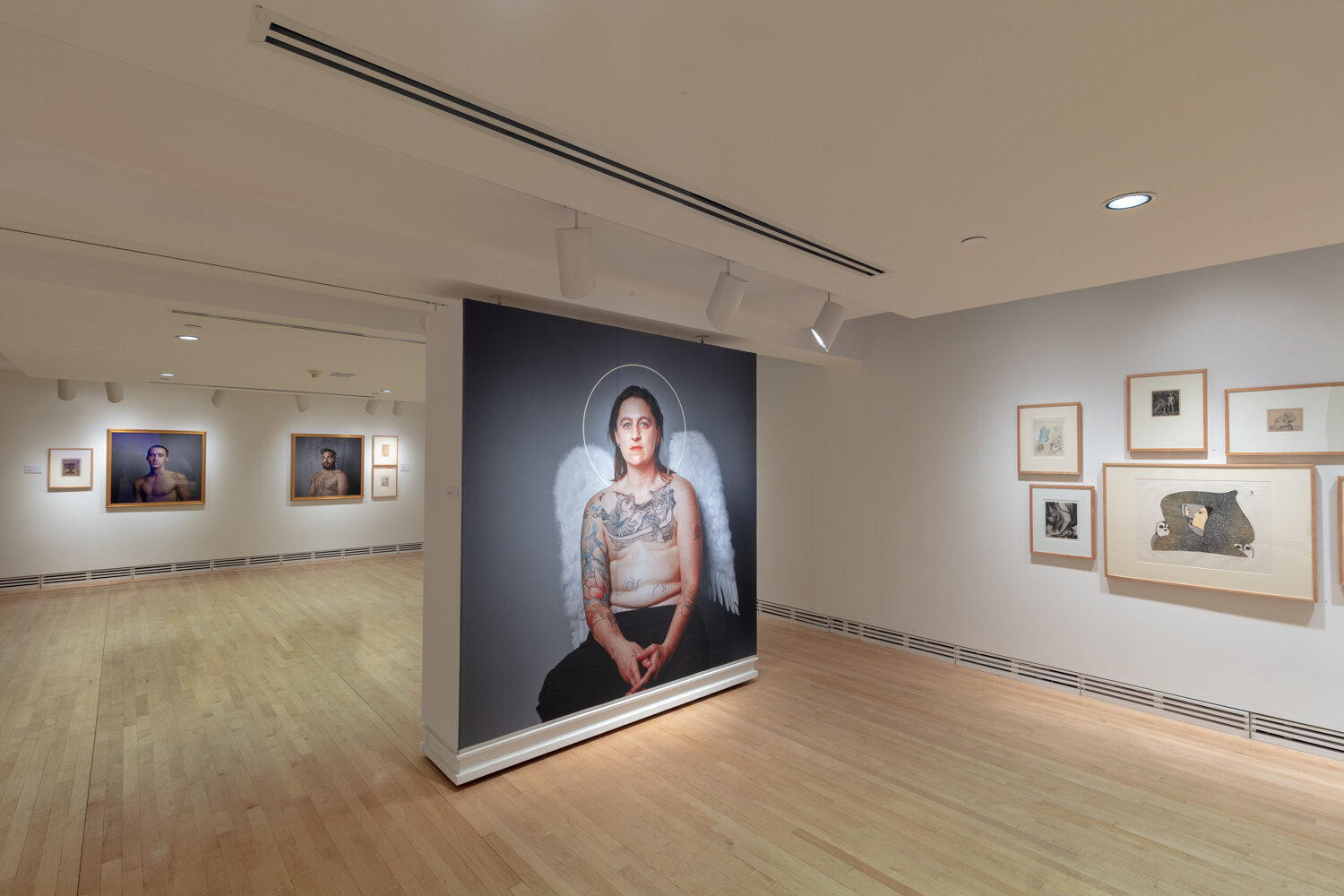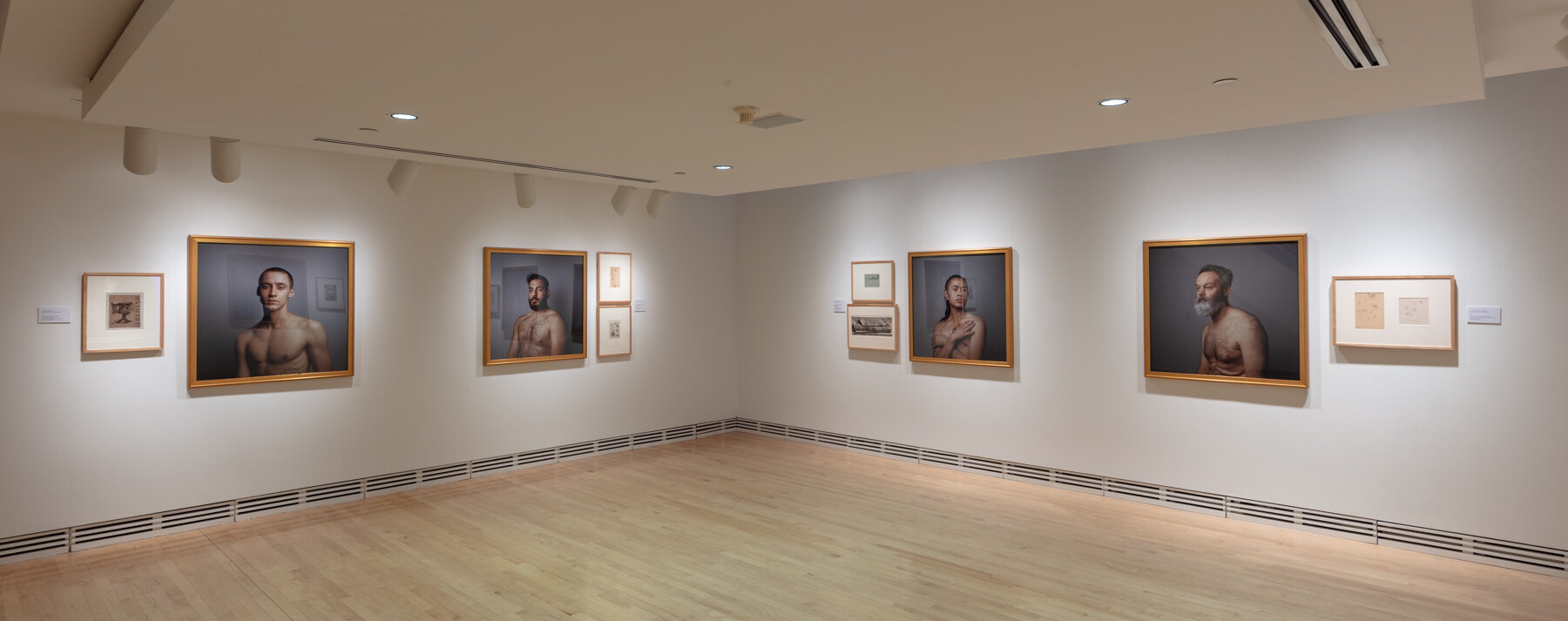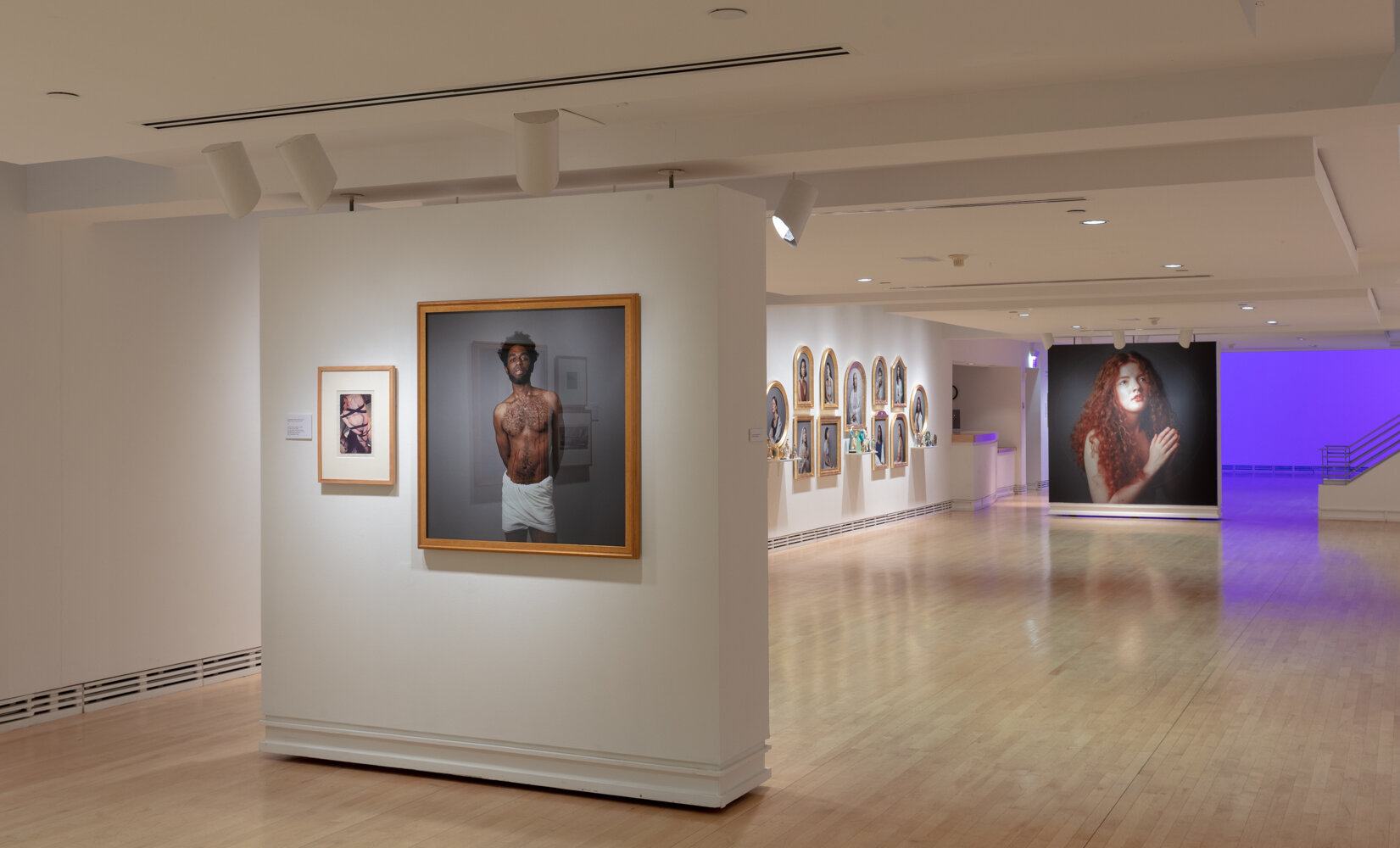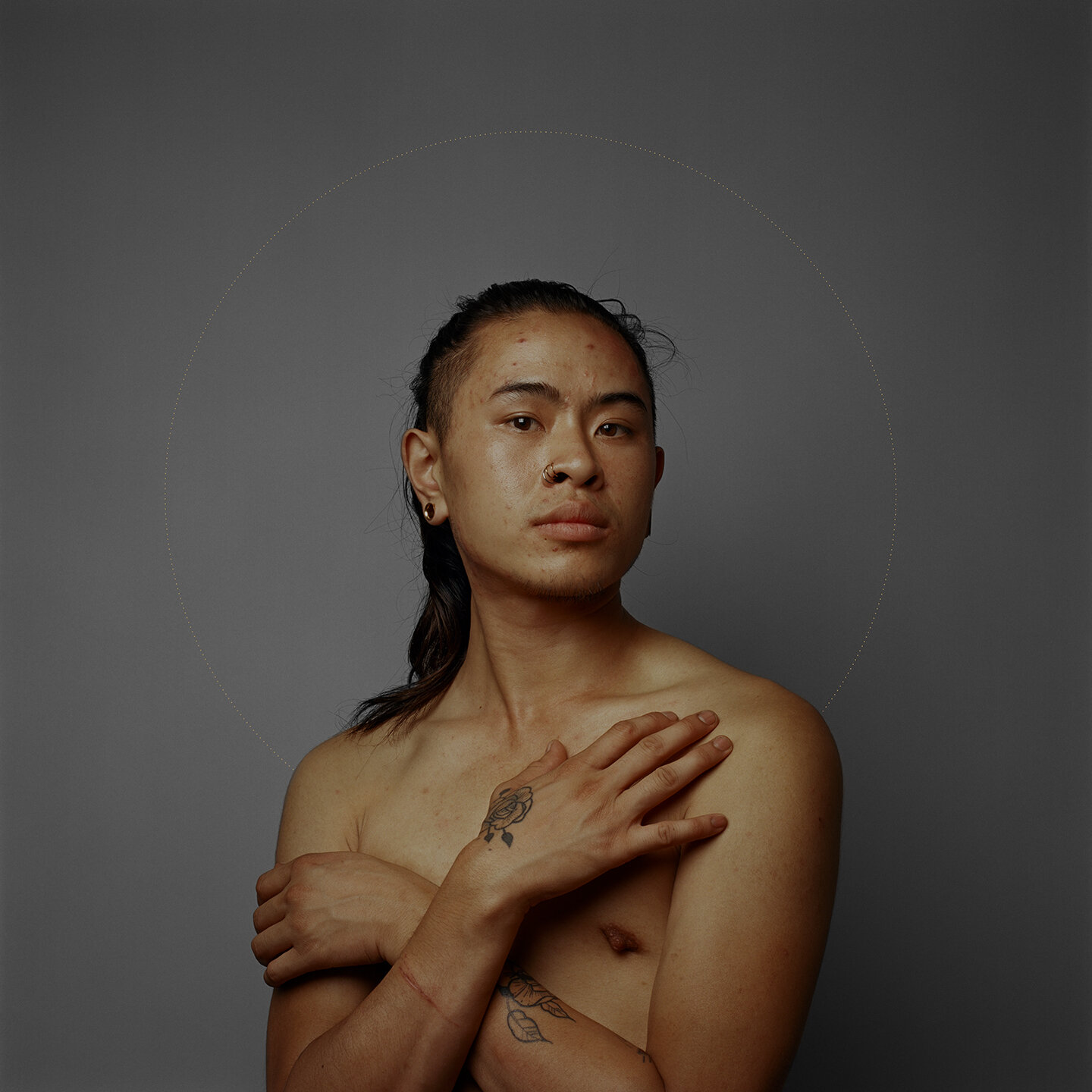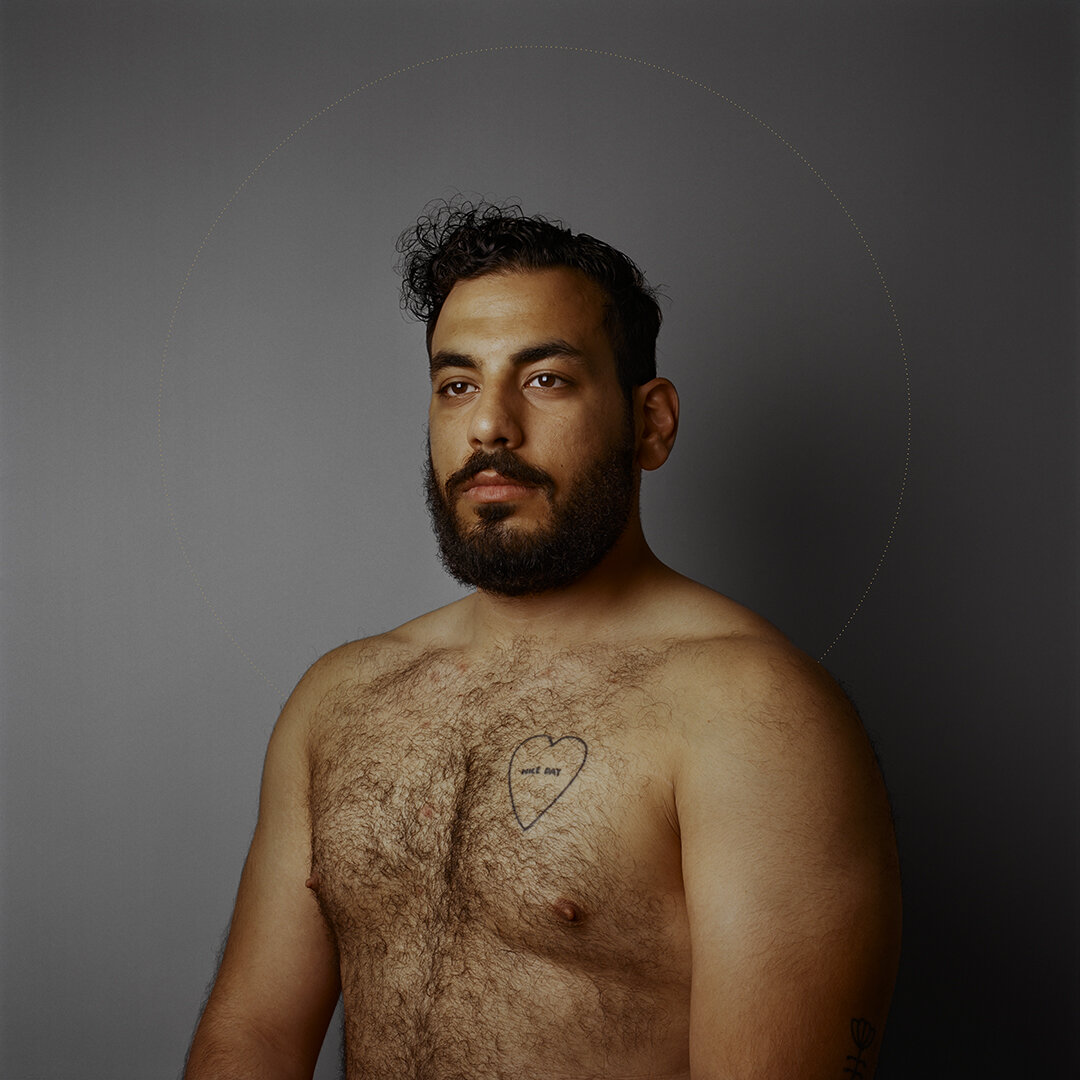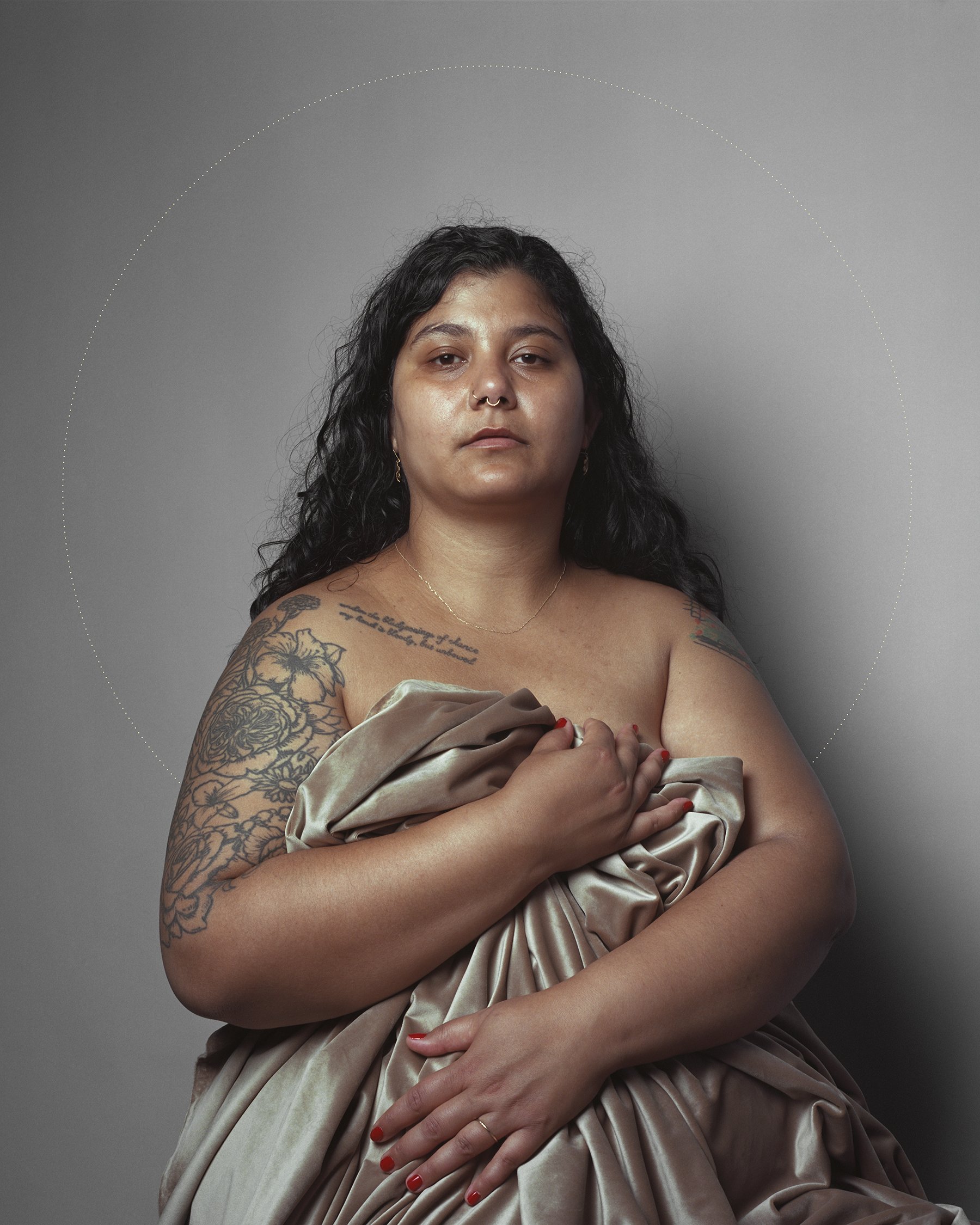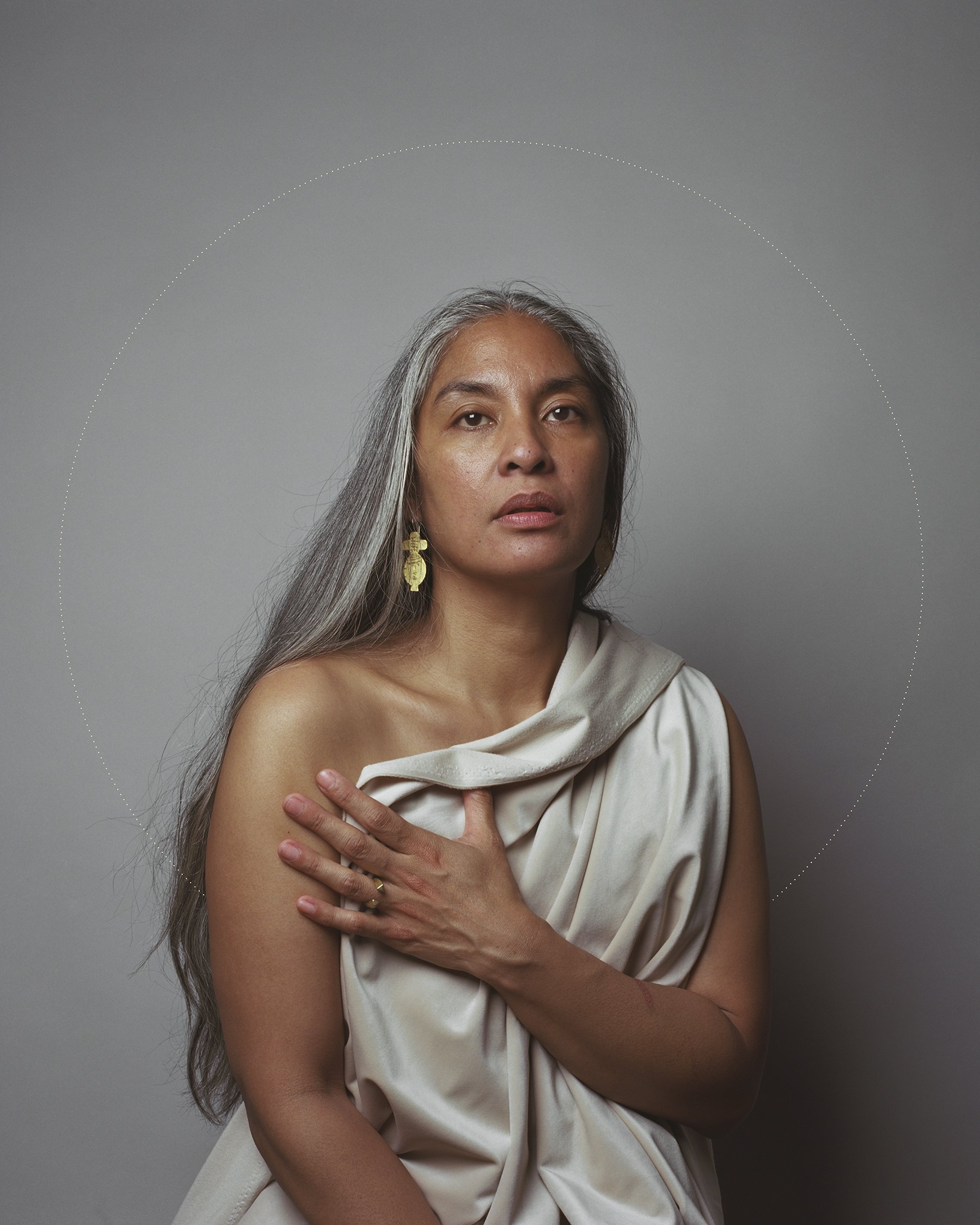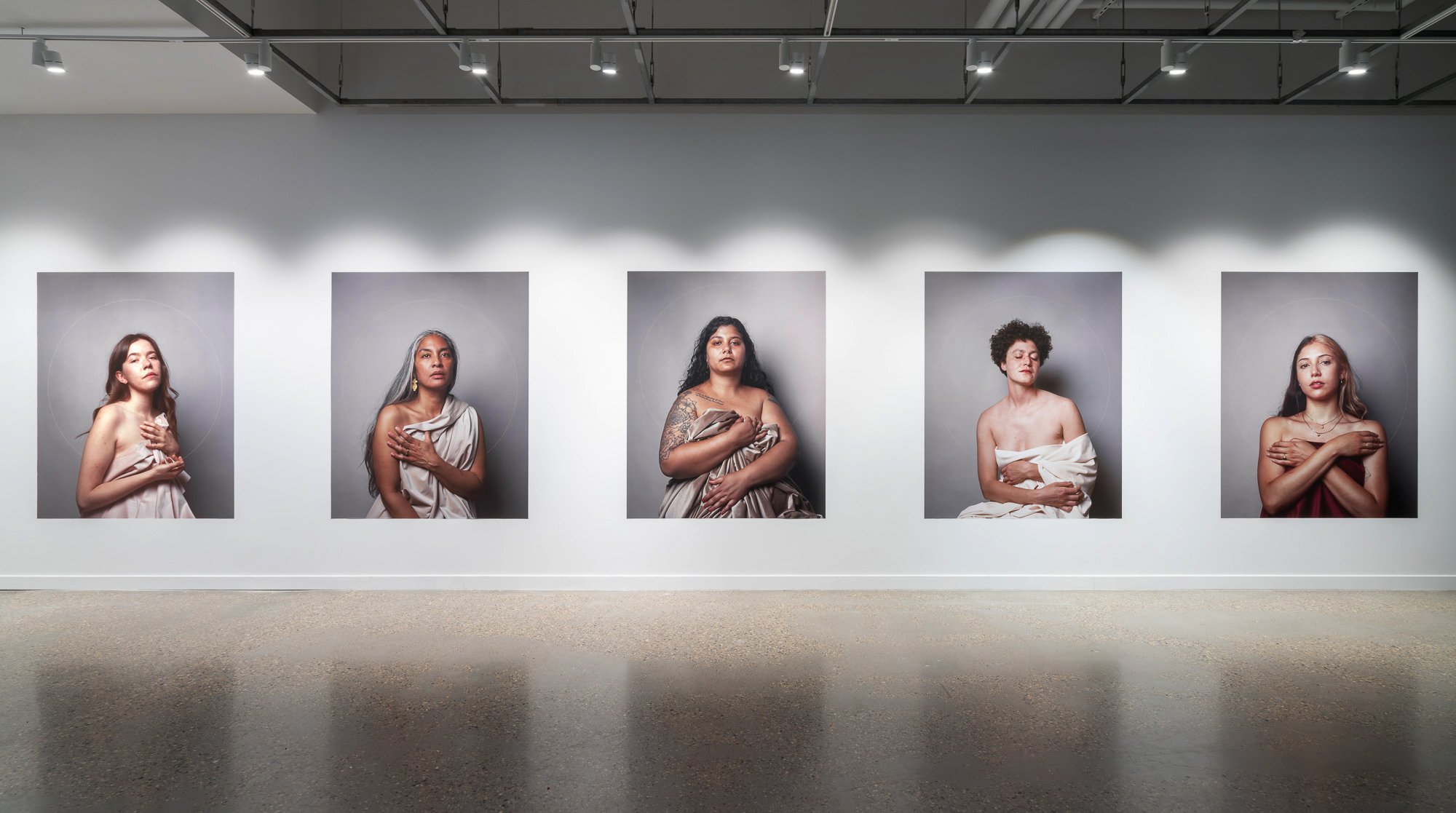Saints and madonnas
September 15 - December 8, 2019
solo exhibition at the Carleton University Art Gallery, Ottawa, Ontario, Canada
curated by Heather Anderson
In this new and thought-provoking series of photographic portraits, Olivia Johnston's peers appear in the guise of Christian saints and Madonnas, as well as other biblical figures.
An artist with a secular upbringing, the Ottawa-based Johnston investigates the influence of Christianity within the visual language of Western art and wider culture.
Johnston is the fifth artist to be featured in CUAG’s Collection Invitational series. The series creates artist-led, open-ended opportunities to research and activate the collection through a week-long research residency at CUAG and subsequent exhibition. It stimulates the production of new artworks and fresh ways of seeing and thinking about the Carleton University collection.
Johnston has selected artworks from CUAG’s collection that depict or reference Madonnas, as well as works that contain symbols or narratives associated with saints that are brought into compelling conversation with her own works.
Articles of Faith
September 16 - December 4, 2021
group exhibition at the Mitchell Art Gallery, MacEwan University, Edmonton AB
“...it is not without reason that faith has been compared to an anchor that has caught on the bottom and checked the vessel in its course, while the open and free ocean stretched beyond as far as the eye can reach. And who shall break the anchor from his heart? When you shake it loose in one place, faith settles its hold somewhere else....”
– Jean-Marie Guyau, The Non-Religion of the Future: A Sociological Study
Articles of Faith brings together artworks that explore how faith tethers us, often through ancestral practices, and whether or not we choose it. Featuring the works of Borys Tarasenko, Emmanuel Osahor, Olivia Johnston, and Thirza Cuthand, this exhibition demonstrates the omnipresence of faith practices that at once provide us a deeply historical visual language to describe sacredness where it is often neglected, while also colluding with colonialism and other systems of oppression.
Articles of Faith is informed by the experiences artists shared with curator Carolyn Jervis and sociologist Dr. Robin Willey in interviews conducted as part of a four year multi-sited ethnographic research project that explores relationships between art and faith.












